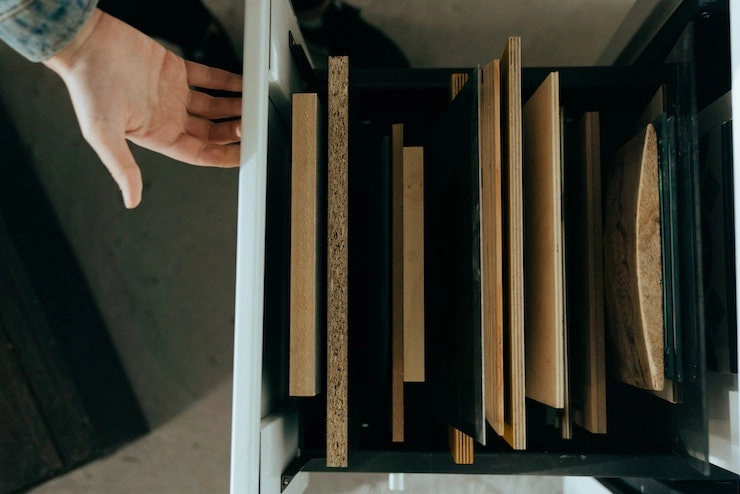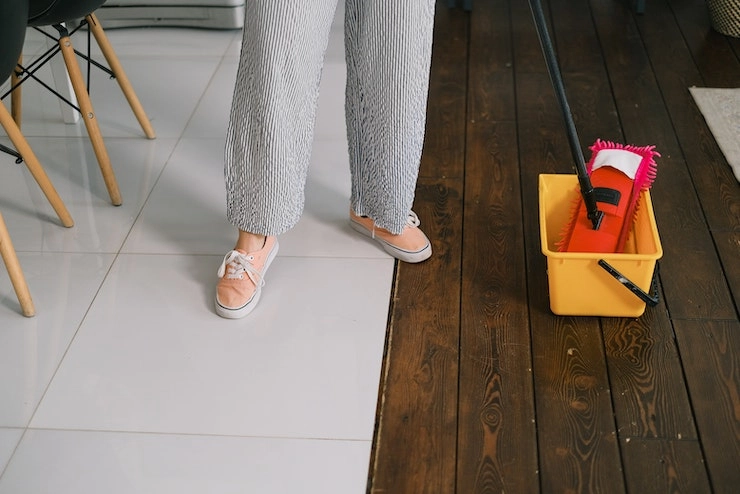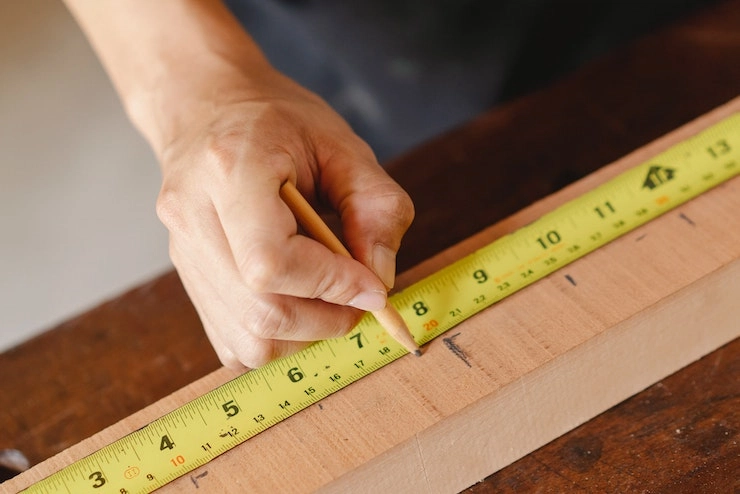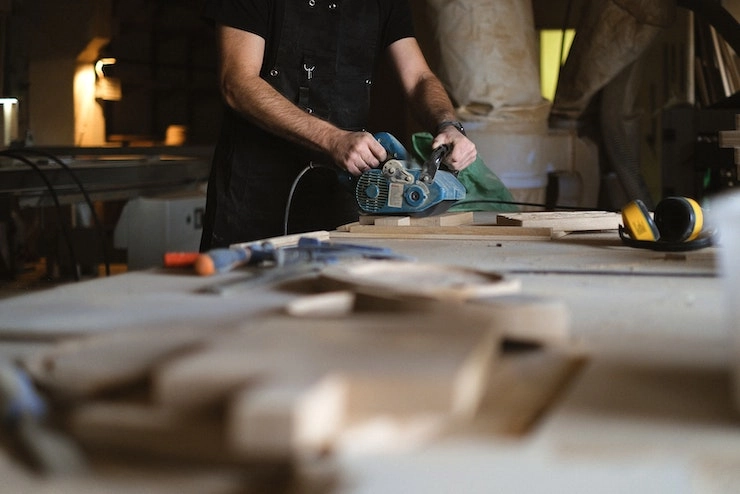Leveling subfloor for vinyl plank: The first step in leveling a subfloor is to remove any loose material that might cause problems later on. Next, use a power sander to smooth out the surface. Finally, apply a thin layer of polyurethane sealant to prevent moisture from getting into the floor. we suggest you read the Vinyl plank in Melbourne page for more details.

Here’s how to use one to get it done right
Leveling subfloor for vinyl plank: If you’re looking to install vinyl plank flooring, there are several different methods you can use to level your subfloor. One of the easiest ways to do so is with a power sander. You’ll need to make sure that you’ve removed any loose materials before you start sanding. Then, simply run the sander across the entire area where you plan to lay down the vinyl. This will ensure that the floor is flat and ready to go. we suggest you read the Vinyl flooring in Melbourne page for more details.
Prep The Area You Want To Work In
Leveling subfloor for vinyl plank: Once you’ve prepared the area you want to work in, you’ll need to remove any loose material. Start by removing any nails, screws, or other fasteners that might interfere with the process. Next, you’ll want to remove any debris that’s been left behind after previous projects. Finally, you’ll want to clean up any dust that’s accumulated.

Sand Down Any Rough Surfaces
Leveling subfloor for vinyl plank: After you’ve cleaned up the area, you’ll want to sand down any rough surfaces. This will help ensure that the vinyl plank flooring adheres properly to the subfloor. You’ll also want to make sure that there aren’t any gaps between the planks. If there are, you’ll need to fill them in before applying the adhesive

Apply Wax or Sealer
Leveling subfloor for vinyl plank: Once you’ve prepared the surface, apply a sealant or wax to protect the flooring. Make sure to follow the manufacturer’s instructions when applying the product.
Lay Out Your Planks
Leveling subfloor for vinyl plank: Next, lay out your planks so that they’re evenly spaced across the room. You’ll need to make sure that each plank is at least 1/4″ thick (or more) and that there are no gaps between them.

